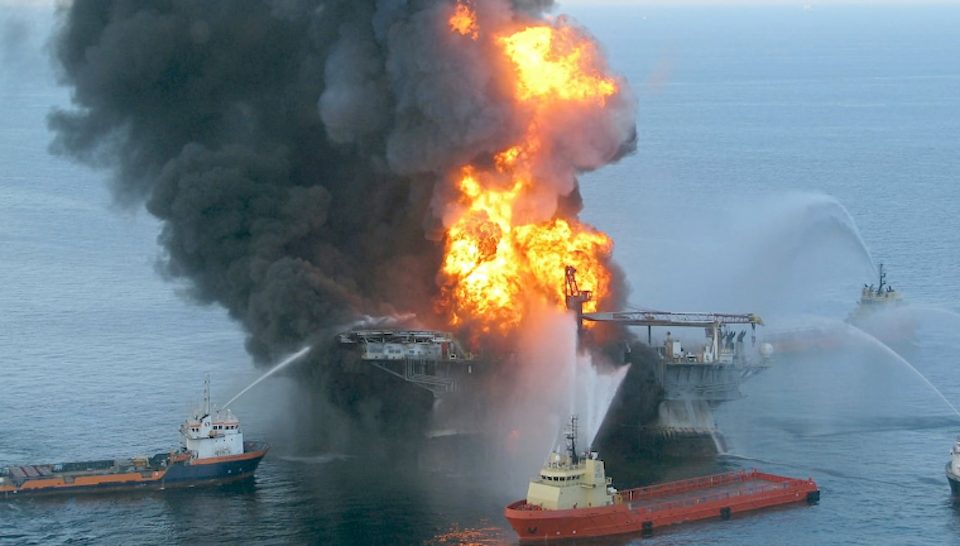As the climate crisis gets worse, oceans — the planet’s greatest carbon sink — can no longer be overlooked.
Spanning 70 per cent of the globe, oceans have absorbed nearly a third of the planet-warming greenhouse gas emissions caused by humans and 90 per cent of the excess heat those gases create.
The heat stored in the Earth’s entire atmosphere is equal to what’s stored in the top few metres of our oceans. If that wasn’t enough, oceans produce more than 50 per cent of the planet’s oxygen and regulate our climate and weather patterns.
Oceans clearly do some heavy lifting but get little attention on the world stage.
In Canada, home of the world’s longest coastline, we can’t meet our climate and biodiversity goals without paying greater attention to the threats oceans face and the solutions they can provide. Especially as the feds doubled down on their pledge to protect 30 per cent of Canada’s waters and lands by 2030 at last month’s COP15 biodiversity summit in Montreal.
As part of a new Canada’s National Observer series breaking down climate basics, we’re diving into some common questions about how and why oceans matter to climate change.
How are the oceans affected by climate change?
Climate change is stressing the oceans’ ability to buffer its impacts and leading to sea level rise, the loss of polar ice sheets, ocean acidification, shifting or declining fish populations, biodiversity loss, and extreme weather.
The devastation of hurricane Fiona as it tore across Eastern Canada in September — plunging provinces into darkness, redefining coastlines, and destroying houses, businesses and infrastructure to the tune of $700 million in insurance costs — may owe its size and intensity to warming oceans.
But despite weathering various problems due to global warming, oceans are still the best hope for mitigating the climate crisis if measures are taken to support them.
How do oceans act as carbon sinks?
An ocean sequesters CO2 in two ways: As microscopic marine creatures absorb carbon as a result of photosynthesis and as carbon dioxide dissolves in the ocean.
Similar to plants on land, microscopic phytoplankton near the ocean’s surface use chlorophyll to capture sunlight, relying on photosynthesis to turn it into chemical energy. During the process, they consume carbon dioxide and release oxygen.
The carbon stored in the tiny organisms is then “captured” again as marine animals eat them. Or dead phytoplankton, also known as marine snow, may sink to the seafloor to form thick layers of carbon-rich matter in sediment that could evolve into oil or gas.
Phytoplankton growth varies seasonally and by geographic region. In northern latitudes, blooms tend to peak in the spring and summer when sunlight increases and water is less turbulent. In contrast, in subtropical areas, growth drops off in warm waters until winter weather mixes the surface, providing the tiny creatures with more nutrients from the cold water below.
However, scientific understanding of the resilience and changing impacts faced by this “biological carbon pump” from climate change is fragmented and not fully understood.
The ocean also absorbs CO2 from the atmosphere through molecular diffusion, when the soluble gas meets the ocean’s surface. The more CO2 in the atmosphere, the more pressure there is to dissolve. The solubility of CO2 increases in seawater the colder and less salty it is.
Wind and wave action at the water’s surface and currents then transport the mix of water and CO2 deep into the ocean, where it accumulates in cooler water and is stored for long periods of time. The ocean’s carbon sink is expected to continue working this way for the next half a century. But the more carbon they absorb, the more acidic the oceans become, which poses threats to marine life and ecosystems.
What is ocean acidification?
Greater amounts of CO2 in the ocean reduce the water’s pH levels, making it more acidic, along with its levels of calcium carbonate — a key building block for many creatures’ shells or skeletons, such as crabs, shellfish, prawns, corals, sea urchins and tiny marine snails, called pteropods, which fish like salmon depend on for food. Some of the initial red flags around ocean acidification surfaced in Washington state and Oregon a decade ago when shellfish hatcheries suffered massive die-offs of baby oysters.
Beyond a potential danger to food security, ocean acidification may also pose human health concerns. Research has shown harmful algae produce more toxins and bloom faster in acidic water. Projections suggest oceans’ surface waters could be 150 per cent more acidic by the end of the century than they were before industrialization began in the 1800s.
Why do oceans matter for the future?
Because despite the stresses oceans face, they still have the potential to pack a punch in battling the climate crisis. The latest research estimates suggest the ocean “sinks” around 10.6 gigatonnes of emissions a year.
The international community has acknowledged the need to invest more resources in bolstering ocean conservation and science to get a full understanding of the amount of CO2 the ocean absorbs and its limits.
Ocean-based solutions such as using waves, tides or currents to generate renewable energy, reducing greenhouse gas emissions in the shipping industry, restoring critical marine ecosystems as “blue carbon” sinks, optimizing fisheries and aquaculture, and storing carbon in the seabed could help the world with more than 20 per cent of the emissions reductions it needs to hold global warming at 1.5 C.




